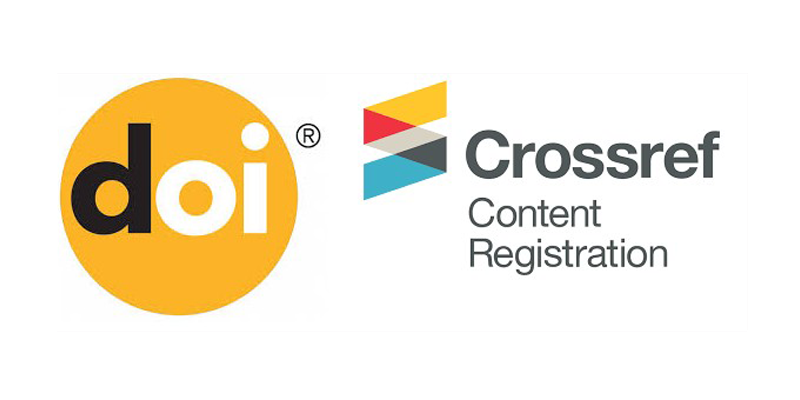A logical and content-based model for teaching higher mathematics using artificial intelligence
DOI:
https://doi.org/10.32523/3080-1710-2025-151-2-212-226Keywords:
artificial intelligence, advanced mathematics, adaptive learning, topological sorting, educational technologiesAbstract
In the context of the digital transformation of education, especially in the field of training specialists in artificial intelligence (AI), there is a growing need for effective and adaptive methods of teaching higher mathematics. Traditional approaches often do not provide the necessary level of mastery of abstract mathematical concepts, which leads to gaps in knowledge and a decrease in motivation. This article presents a logical and content-based model for teaching higher mathematics that integrates artificial intelligence technologies. The model is based on an analysis of formal and informal learning using computational and mathematical methods, including topological sorting of educational content. A structural analysis of the fundamental interrelationships between key sections of mathematics (linear algebra, mathematical analysis, probability theory, and discrete mathematics) and AI technologies is presented in the form of ontological maps and interactive knowledge graphs. An adaptive model for studying linear algebra is described, including an AI trajectory planner, a personalized task generator, a visualization system, and intelligent knowledge assessment. The model provides bidirectional adaptation (in depth and breadth) and predictive analytics of difficulties. The results of structural analysis and model development allow us to conclude that it has high potential for improving the effectiveness and personalization of learning, as well as for bridging the gap between mathematical theory and its applications in AI. Practical recommendations for implementing the model in the educational process are proposed.







